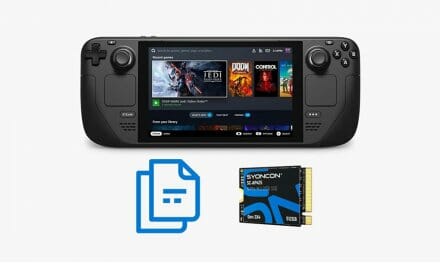According to almost two-thirds of marketers, generating leads and traffic is the biggest challenge they face. You’ve heard about guest posts, linking, and SEO, but did you know about requiring shares for bonus content, combining QR codes with attention-grabbing headlines, and the role of your hosting provider? If not, you’re about to learn!
Blogging
Before we get to that, there’s no getting around it – you need a blog where you publish useful, long-form content on a regular basis. Why?
- Marketers with blogs are 13x more likely to get returns on investments
- Businesses that blog get almost twice as many links and nearly 60% more visitors
Shares for bonus content
You can use valuable resources to boost traffic by adding them to your content. For example, advertise a download or special content. To access it, your readers have to share it with their friends.
The more compelling your advertising, the more likely people are to share your content. Give everyone who shares the promotion page access to the download.
Improve your page speed
Would you wait ten, even five seconds for a webpage to load? No one would. A slow site can expect nothing but a huge bounce rate. Speed has always been one of the most important factors in search engine rankings. The faster your site loads, the better.
First, check your speed using Google’s PageSpeed Insights tool. It will give you a score and, if needed, recommendations for improvement. One smart solution is fast VPS web hosting.
Write compelling headlines
Headlines make a huge difference. An attention-grabbing headline can increase traffic by as much as 500%. Combine a great headline with a QR code.
Choose a page on your website, which you want more people to visit. Copy and paste the URL into a QR code generator. The irresistible headline will attract people to the code.
What is an irresistible headline? Here are a few tips.
Focus on the pluses
Write that your content will provide an amazing reward, but don’t give any details. This will make people want to read it.
Use reverse psychology
An example of reverse psychology is a warning that the content is unforgettable, distracting, life-changing, etc.
Be vague but intriguing
Write a headline that says nothing and everything at the same time. Imply that there is a mystery to unravel, but you can’t get into specifics.
Exchange ads with another website
Find a website in your sector or a similar one. It shouldn’t be a direct competitor. Typically, representatives of complementary industries do quite well. If you teach people how to prepare healthy food, for example, you could reach out to someone who sells organic food products.
Find the business owner’s contact info. Search by entering the URL and “contact site.” You can try to sell your idea when you find their email or contact form.
If they agree, there will be a small ad on each site for the other one in the sidebar. Leave the ads there for at least three months. You won’t lose traffic because readers who click on the ad for the other site are existing users. You’ll also get new traffic from the other site.
SEO best practices to increase traffic
There are target keywords and long-tail keywords. Target keywords are short ones, such as “website.” They tend to be extremely hard to rank for, because they are very broad. “Website” specifically has a search volume of almost 150,000.
Long-tail keywords, consisting of several words, are easier to rank for. They account for 70% of all searches and will bring in the most relevant traffic.
Place keywords in your meta title, H1, and at least two H2 headings, the first 100 words, naturally in the body of the text, and in alt text and image file names.
Your meta title should be a maximum of 60 characters. Ideally, it should indicate some advantage or value, and the keyword should be close to the beginning.
Your meta description should be actionable, indicate some benefit, and be between 155-165 characters long.













